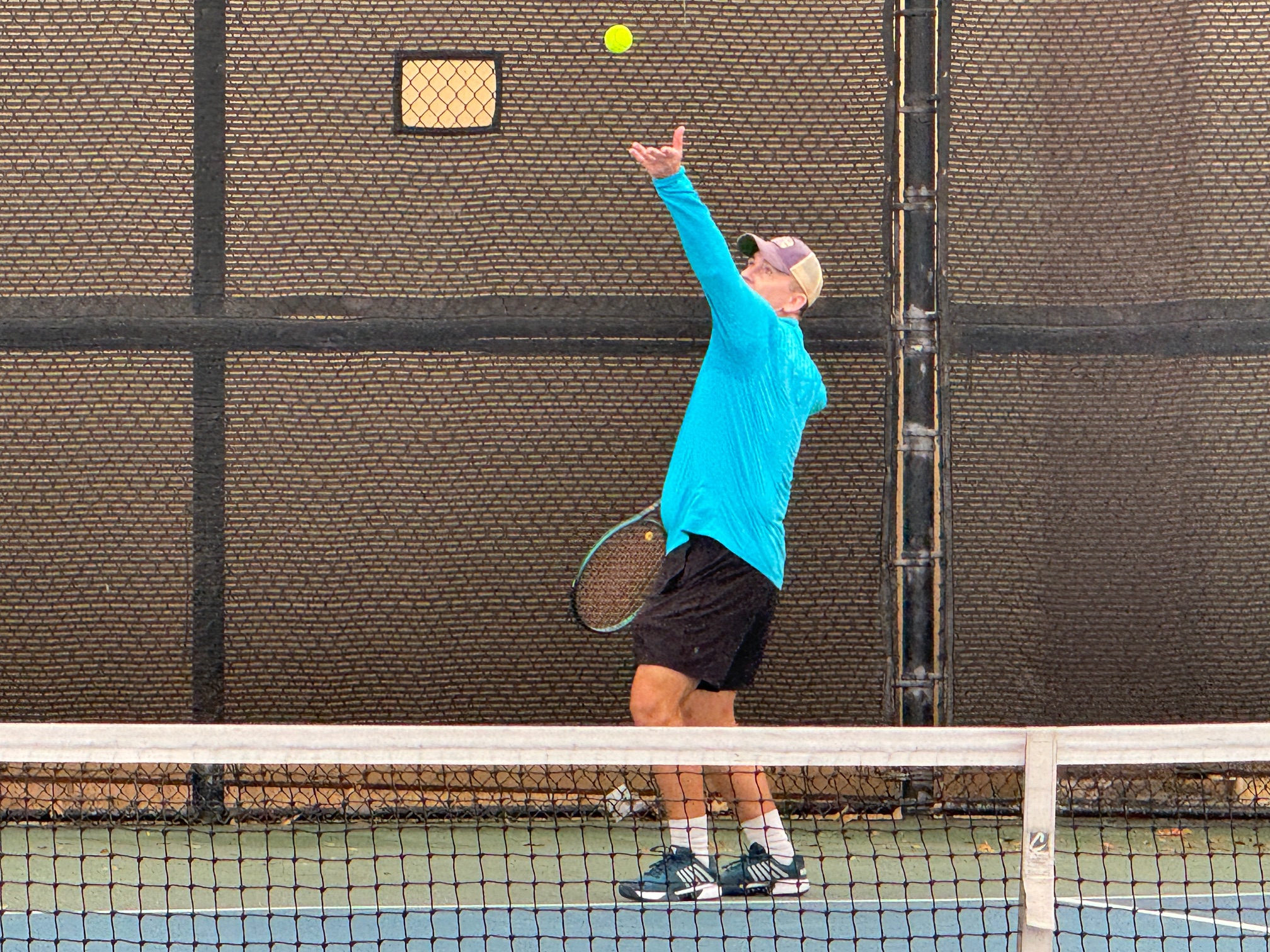One of the USTA’s overarching philosophies for Adult League play is that as much autonomy as possible should be driven down to the grassroots level. The theory is that the tennis organizations and service providers in each community are best positioned to understand and implement programming that best meets the needs of their current and prospective players. At the same time, the USTA has a self-imposed regulation to have USTA League play culminate into a singular “National Championship.” That requires the organization to impose a basic framework that pulls a unified competition together at the end of the season.
The result is a USTA League National framework that delegates decision and implementation authority to each Section, which maintains its own independent rulebook. While the documents from Section to Section will bear some similarities, there is also an opportunity for divergence. Some Sections will have rules that many other Sections do not. Last week, while performing the rules trace on “Why Denver Players Only Join One USTA League Team,” I found a couple of unrelated regulations within the Intermountain Section that my home Section of Texas does not have.
Each local league shall have a written set of operating procedures that are consistent with and reflective of those set forth in these regulations; they may include rules specific to the needs of the league provided that they do not conflict with the USTA League Tennis Regulations or these regulations.
Regulation 11.A.3.b, 2025 League Section Regulations, USTA Intermountain Section, dated 2/14/2024.
The Intermountain Section requires each local league to have its own written set of operating procedures. In contrast, the Texas Section has no such requirement. In fact, the post “Have You Read the Rules? (Can You Even Find Them?)” revealed that many local leagues whose winners are qualified to advance to the Sectional Championship in Texas do not seem to have any local rules documented at all. One powerful reason Intermountain may have imposed this requirement is to comply with the National USTA definition of a Local League.
Local League: A team competition in a specified geographical area that applies specific local league regulations and consists of NTRP level(s) with a minimum of two or more teams per NTRP level. A local league may choose to divide any or all NTRP levels into flights. Where flights are used, a local playoff structure may be established to determine a champion.
2025 USTA League National Regulations, Glossary
In other words, a local league does not comply with the definition established in the USTA National Regulations without specific local league regulations. It may seem like splitting hairs, but we generally don’t get to pick and choose which rules apply and which can be arbitrarily ignored.
The second rule from Intermountain that I want to highlight comes immediately after the regulation that requires each local league to have its own written operating procedures. It establishes a requirement for an annual Sectional review. That implies the Section has approval and disapproval authority of any rules established at the local level.
Each District League Coordinator shall submit to the Section League Coordinator, for review prior to the start of the league season, copies of all such operating procedures applicable to league competition within his/her District.
Regulation 11.A.3.c, 2025 League Section Regulations, USTA Intermountain Section, dated 2/14/2024.
I love this particular rule and believe it to be a best practice that all Sections should adopt. It would make me happy if USTA Texas put something similar in place. It is a good idea because it gives the Section a chance to weigh in or intercede if one of the local areas implemented a rule that wasn’t in compliance with the National or Sectional regulations. It also opens the door for corrective action, even for things that only violate the spirit and intent of the USTA League program.
Even before Texas recently implemented a rule that extends local USTA League suspensions across the Section, I have had questions about the legitimacy of some things implemented at the local level. For example, one local league has established a residency requirement that excludes players who live within their Section-defined local playing area. It isn’t clear to me that the Section is aware of that particular rule or would have approved it if a review had been performed. Even if the Section decided that this local rule was cool, it would be nice to know that it had been endorsed at the Sectional level. Texas does not seem to have any process or procedure to challenge rules established at the local level.
While I agree with the grassroots approach implemented by the USTA League framework, some oversight is needed. That’s why these two Intermountain regulations appeal to me. Each local area has the power to do its own thing, but the Section still has visibility and oversight of the decisions that are made. In this case, Intermountain is implementing the USTA League framework as intended. That’s a good thing.
- 2025 League Section Regulations, USTA Intermountain Section, dated 2/14/2024.
- 2025 USTA League National Regulations, USTA Resource Document, April 14, 2024.



